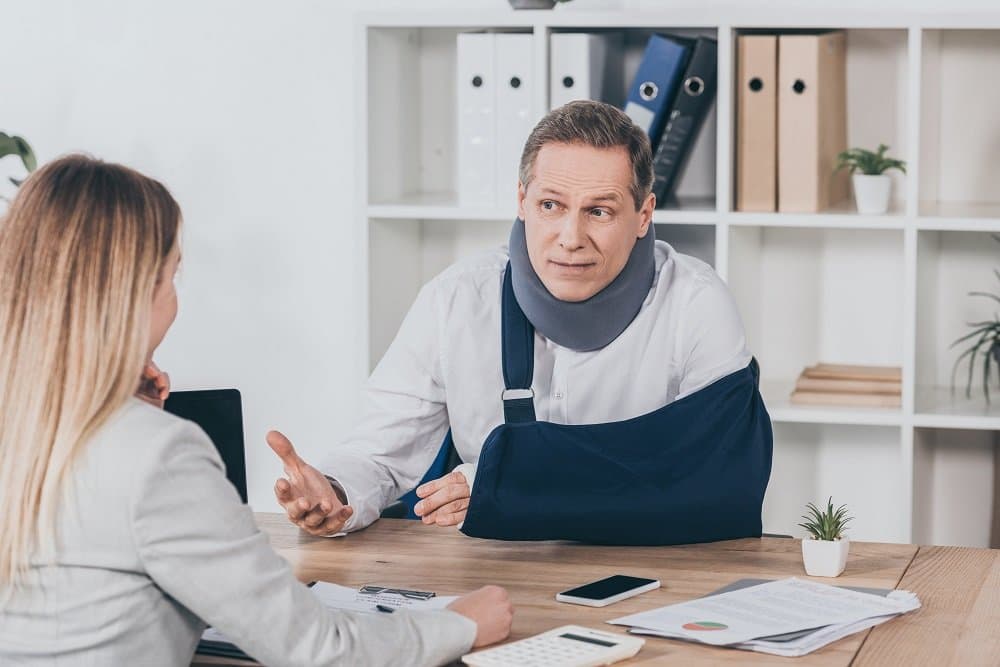
As a Millennial who has grown up in the age of social media, I know how common it is to post updates online. As a society we’ve moved well past the day and age where documentation of moments were only saved for wedding photo albums and Christmas home videos. We now live in a time where knowing what your friend had to eat last Tuesday or watching a video of your Aunt’s new puppy at the dog park are as common place as any major news story.
While the smallest, most insignificant events of our daily lives are now routinely posted on Facebook, Instagram, or Twitter, it seems almost necessary to update the world on notable events such as an auto accident or when an injury occurs. However, these types of posts can affect one’s ability to hold others accountable for negligence that caused the injury.
Injured individuals from motor vehicle accidents caused by others have the remedy of seeking monetary compensation for their damages. An injured individual’s damages are partially comprised of both physical harms and mental harms. Physical harms, such as broken bones or lacerations, are easier to prove in the court of law. The medical records, billing statements from medical providers, as well as live testimony from doctors and physicians can seamlessly demonstrate how an individual suffered physical injuries that they did not have before the motor vehicle accident.
Mental harms or one’s pain and suffering, such as PTSD, anxiety, or depression are far more subjective and therefore are not as simple to prove to a jury of your peers. The most common way social media postings can affect your personal injury case is if a post or update conflicts with the testimony and evidence presented in court. For example, if a plaintiff claims he or she was depressed and had driving anxiety directly after a motor vehicle accident, and yet there is a post from his or her Instagram of a personal road trip to a vacation in Texas a week after the accident, there lies conflicting evidence. This differing evidence can be used to diminish one’s credibility and in turn reduce one’s damages.
Most times when there is conflicting pictures on social media, it’s not that an injured individual is lying about how the accident affected them. Rather however, we often try to portray our life in the best light on social media for everyone to see despite us maybe going through a dark time personally. This may play out as forcing a smile when times are difficult after a tragic event or even posting a photo that was taken before an injury and presenting it as a current depiction of one’s life. While the post may seem innocent enough, something as simple as a smiling selfie can be used against you in court during a personal injury lawsuit.
If you’ve been injured and are considering a lawsuit, you don’t have to delete your social media pages. However, please be mindful of what you post and who you share it with. Avoid discussing the details of a case on social media. If you’re currently in a lawsuit, do not delete any postings but rather make your pages private and do not accept any friend requests from strangers.
Social media has changed the world and will continue to shape our everyday lives. If you have any questions about what you should or should not post following a motor vehicle accident, please contact the staff at The Wilhite Law Firm.






















